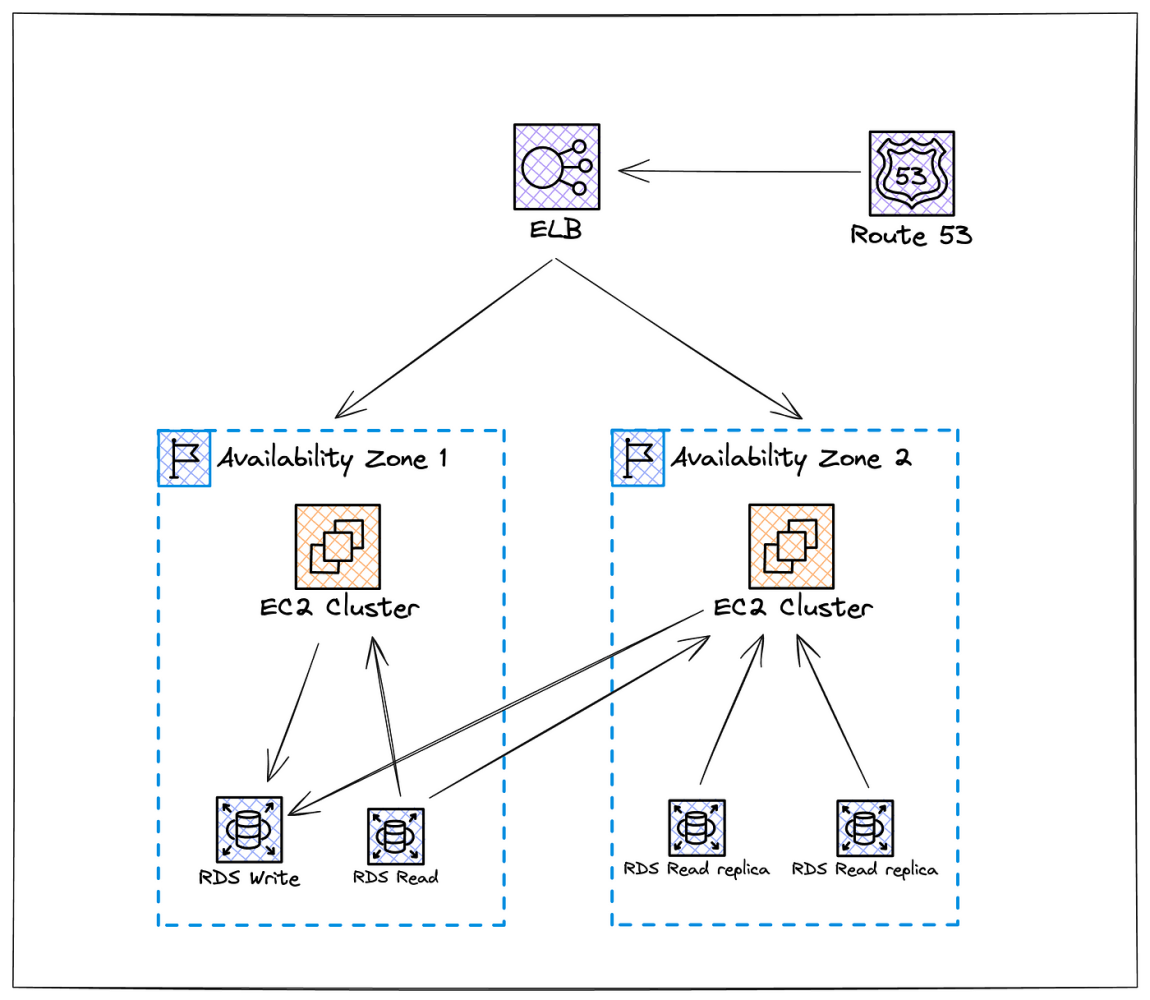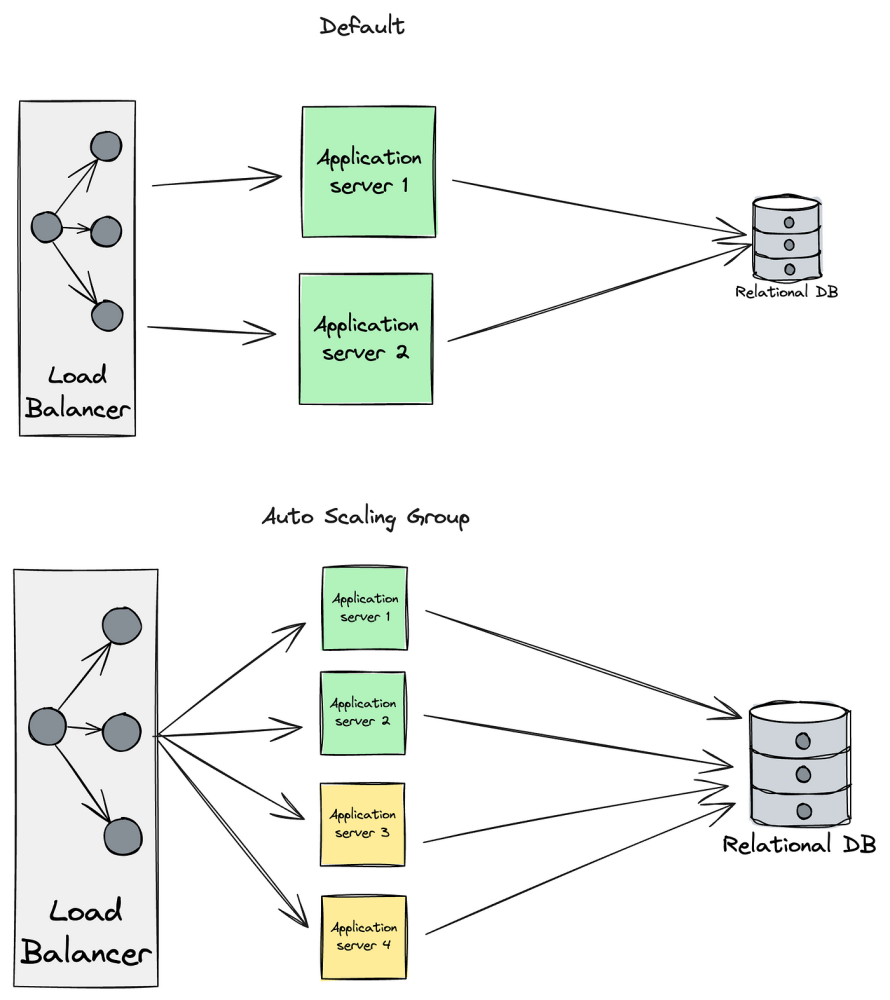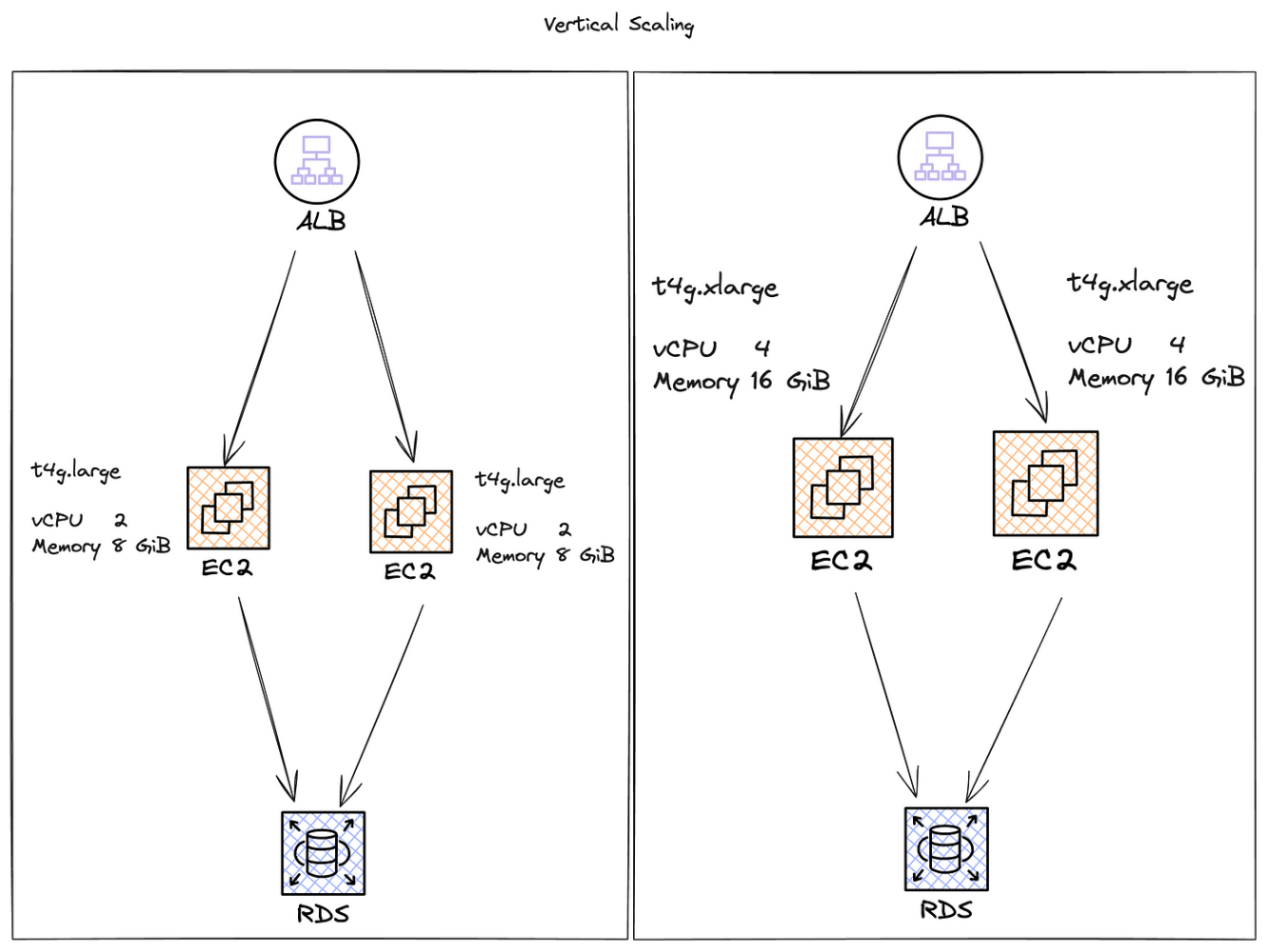Essential Characteristics to Consider When Developing Software
When we embark on the journey of creating software, it's easy to get caught up in the excitement of writing code and implementing the latest frameworks. However, before diving into the technical details, it's crucial to first define the characteristics that our software needs to have.
Operational Characteristics:
Availability
One of the key operational characteristics highlighted is Availability. How long should our software be available? What are the consequences of downtime? These questions underscore the importance of designing a high-availability architecture, ensuring that our application can seamlessly recover from any potential outages.
To achieve a high availability architecture, it is better to plan workloads in the isolated physical location of the data center so that, should an outage occur in one place, then your application replica can operate from another location.
Shrivastava, Saurabh; Srivastav, Neelanjali. Solutions Architect’s Handbook: Kick-start your career as a solutions architect by learning architecture design principles and strategies, 2nd Edition (p. 60). Packt Publishing. Kindle Edition.
Performance
Performance is another critical aspect that cannot be overlooked. Understanding the workload our software needs to support is essential for designing scalable and efficient systems. Whether it's handling thousands or millions of requests per second, optimizing performance requires thorough analysis and testing. We can use tools like New Relic or Datadog to monitor and analyze performance metrics, enabling us to fine-tune our systems for optimal efficiency.
Disaster Recovery and Backup
Disaster Recovery and Backup strategies are indispensable components of any software project. Planning for scenarios where the system goes offline or data is lost is essential for maintaining business continuity. By defining Recovery Time Objectives (RTO) and Recovery Point Objectives (RPO), we can ensure swift recovery and minimal data loss in the event of a disaster.
Reliability & Security
Security is paramount in today's digital landscape. With the ever-looming threat of cyber attacks, safeguarding our applications against vulnerabilities is non-negotiable. Implementing measures like Web Application Firewalls (WAF) and robust authentication mechanisms can mitigate risks and protect sensitive data from malicious actors.
Scalability
Horizontal and vertical scaling strategies enable us to accommodate increasing workloads without compromising performance. By leveraging technologies like containers and Infrastructure as Code (IaC), we can seamlessly adapt to changing demands and ensure our systems remain responsive and efficient.
Horizontal scaling is the capacity to increase computing power has become an exponentially cheaper commodity in the last decade.
Vertical scaling is the capacity to add more resource computing, like storage, memory and process power
Structural Characteristics
Configurability
An application's adaptability is pivotal for its long-term success. Configurability ensures that aspects of the software's configurations can be easily modified without the need for extensive code changes or redeployment. Essential configuration parameters such as database credentials, feature flags, queues, topics, and stream names should never be hard-coded within the application.
Is it necessary to change these parameters to rebuild and redeploy your application? If yes, your application isn’t configurable.
Modularity
Code quality and modularity are fundamental aspects of software development. Writing clean, readable, and maintainable code lays the foundation for long-term success. Embracing practices like Test Driven Development (TDD) and Domain Driven Design (DDD) can foster a culture of excellence and ensure our codebase remains robust and adaptable.
Extensibility
Consider a scenario where you need to integrate a new payment gateway into your system. If your codebase follows the Open Close Principle, transitioning from gateway A to gateway B becomes a seamless process. By adhering to OCP, developers can create modular, reusable components that can be easily extended to support new functionalities without necessitating extensive code modifications.
Cross-Cutting Characteristics:
In addition to the aforementioned characteristics, considerations like Accessibility, Legal compliance, and Usability play a pivotal role in shaping the user experience. By prioritizing these aspects, we can create inclusive, compliant, and user-friendly applications that cater to a diverse audience.
In conclusion, developing high-quality software is a multifaceted endeavour that requires careful consideration of various characteristics. By prioritizing modularity, scalability, performance, and other key factors, we can build resilient and efficient systems that meet the needs of today's dynamic business landscape.
Book Recommendations
if you want to learn more deeply, follow my book recommendations














































